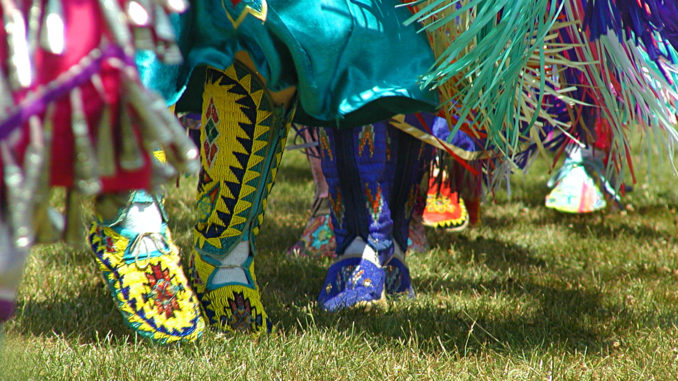
Cultures around the world are celebrated in many different ways. Although holidays may not be as well-known, this doesn’t make them any less special. This November, we celebrate Native Americans by exploring the history of Native American Heritage Month, recognizing the changes this holiday endured, and highlighting six ways to celebrate.
The first Native American Day dates back to the second Saturday in May of 1914. An American Indian named Red Fox Skiukusha, also known as Reverend Red Fox James, rode on horseback for 4,000 miles around the country to petition for an official “Indian Day.” Others like Sherman Coolidge, founder of Society of American Indians, helped raise awareness for the holiday a year later. It’s believed that New York was the first state to create a federal holiday on the second Saturday of May in 1916. Illinois followed in 1919, three years later. However 16 years rolled by until another state, Massachusetts, joined those states honoring Native Americans.
After Massachusetts set an observance day, others began to follow suit. It wasn’t until 1976, when former president Gerald Ford signed the first national proclamation that observed Native American Awareness Week. As time went on, other presidents changed the date and length of the holiday. In 1990 former president George H.W. Bush signed the first of many proclamations that officially designated November as National Native American Indian Heritage Month. Since then, there has been little to no variation of the holiday.
To read the rest of the article click HERE!
